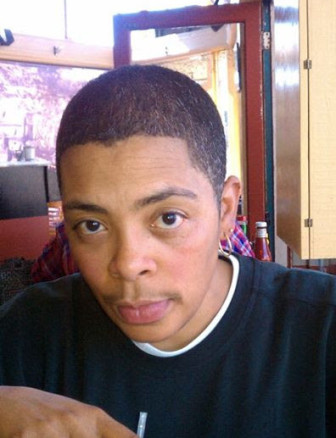 It was with great anticipation that I read the “Grantmakers and Thought Leaders on Out-Of-School Time (OST) Survey and Interview Report,” commissioned by the Grantmakers for Education’s Out-of-School Time Funder Network.
It was with great anticipation that I read the “Grantmakers and Thought Leaders on Out-Of-School Time (OST) Survey and Interview Report,” commissioned by the Grantmakers for Education’s Out-of-School Time Funder Network.
OK, that’s not completely true. I was definitely anticipating what I would read in the report, but as a practitioner whose programs depend largely on grant funds, I was afraid to read it. Funders and out-of-school time (OST) practitioners can have a funny relationship. Luckily we have some of the same goals, reflecting a serious commitment to closing the achievement gap and helping young people to not only be successful students but also healthy and productive. Where we diverge is the dosage.
Here’s an illustration of what I’m talking about. In a conversation with a very important funder a couple of years ago, I was told that his foundation, which had funded my program for years, was no longer funding youth development. Instead, their funding focus would be shifted to strategies that impact the achievement gap in a school context. That meant that instead of giving money directly to community-based organizations (CBOs), resources would go directly to the school. He said youth development was passé and that many grant makers were moving away from that as a strategy.
I was shocked. My whole program was based on youth development principles. All the activities teachers liked were grounded in youth development. Even the successful programs we used with parents were based on asset-based youth development concepts. How could funders be telling me that the strategy that was doing so many people so much good was obsolete?
I tried to make sense of what had just happened. I reasoned that of course, in this age of less money and tighter budgets, grant makers had to be smarter about their investments. They had to get the biggest bang for their buck, just like every other industry. Contributing directly to the school district for academic programming, rather than to CBOs engaged in youth development work that may or may not track directly to grades, seemed to funders to now be more prudent and efficacious.
Truthfully, in the past, funders have taken a lot of chances on youth development programs, and we have sometimes struggled to produce verifiable and replicable results. Many of us, but certainly not all our organizations, have built-in systems to evaluate our successes and challenges, grow and retain our staff, while delivering what we think of as high-quality programming.
To further exacerbate things, there is no commonly accepted definition of “high-quality” programs, nor do all programs start at the same baseline. We do have, however, incredibly compelling stories from students and families who attest to the fact that our programs have changed their lives, kept them safe from dangerous elements after school and inspired them to attend school when sometimes nothing else did. In other words, we can anecdote grant makers to death!
Clearly that’s not the only reason our programs continue to be funded. Nowadays especially, there is hard research that confirms that youth development-based OST programs contribute positively to student school success.
But the report highlighted the misalignment that still exists between what I experience as a practitioner on a daily basis versus what funders consider a worthwhile investment. For a practitioner, this lack of convergence can result in a negative funding decision. Sometimes the view from down here seems to be almost opposite that of grant makers. The real question is: How far apart are we really?
Fortunately, after a good deal of reflection upon reading the report, I found that we are pretty close. We all want our students, families and the OST field to succeed. I agreed with many of the recommendations from the stakeholders to the funders, such as a real focus on developing and growing the OST workforce and academic body of knowledge specifically generated by practitioners. I also appreciated the points in the report regarding the need for inclusion, shared data, collaboration and prioritization of schools that have community partners.
Not surprisingly, I felt challenged by some recommendations as well, such as the suggestion to discontinue funding to sites that create their own evaluations rather than using a common tool. Though I see the utility in using standardized evaluation tools for similar programs, I often feel the same way about them that I do about using standardized tests to evaluate our students. I think common evaluation tools are useful as long as we’re comparing apples to apples, and there is a consensus regarding the criteria for “high-quality” programs. In addition, I would not want to lose our ability to innovate because practitioners need to meet evaluation objectives. We’ve seen the backlash of that practice when teachers had to “teach to the test.”
So the “funny” relationship that funders and practitioners have sometimes notwithstanding, this report is further evidence that we can work well together. It didn’t hurt that Grantmakers for Education surveyed and interviewed a veritable Who’s Who in grant making and many OST leaders whom I admire. The fact that I agreed with many of the suggestions was also encouraging. No matter what, I think this report is a step forward, in and of itself, not just in terms of collaboration between grant makers and stakeholders, but ultimately for students and their families.
Carol R. Hill is the director of the Bayview Beacon and the author of “Powersharing: Building Community School Relationships from Friendship to Marriage,” published in Afterschool Matters, Fall 2011. Hill is working on her doctorate in education at San Francisco State University.






























